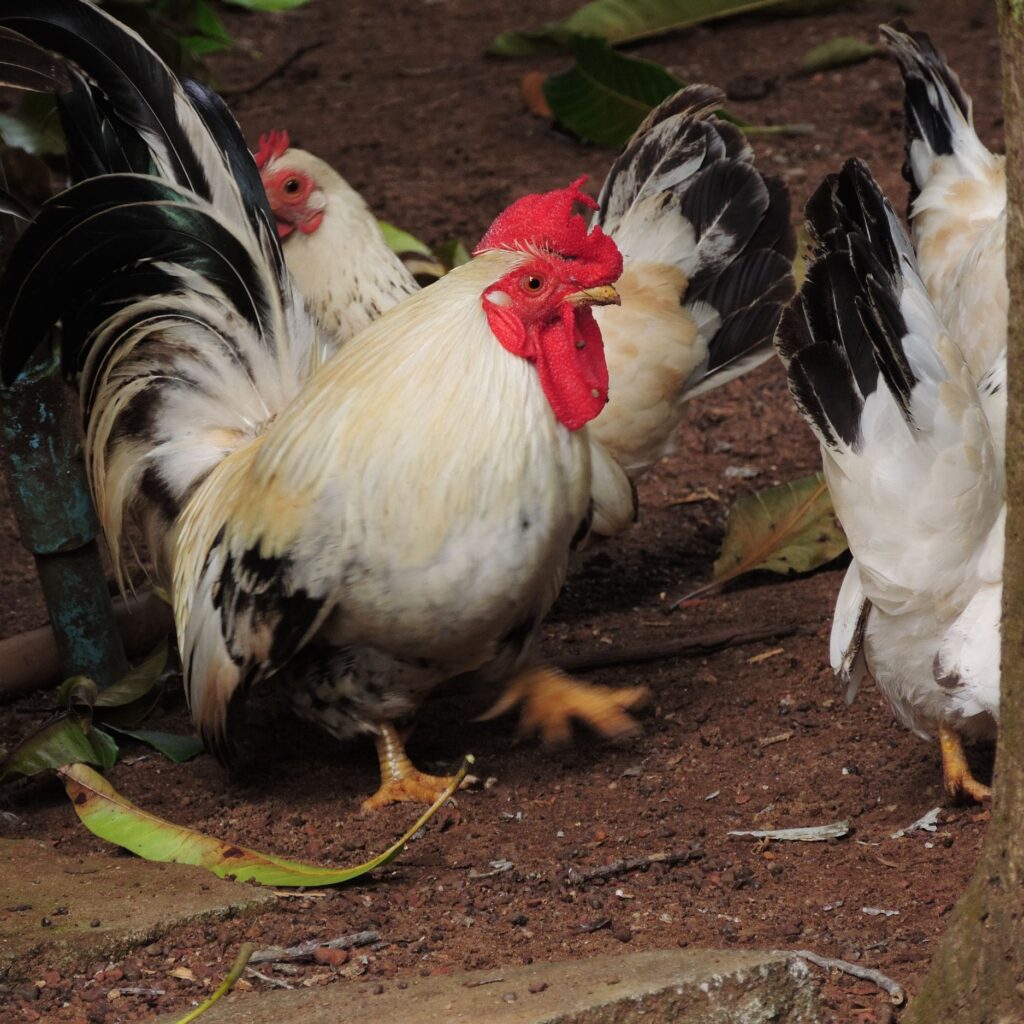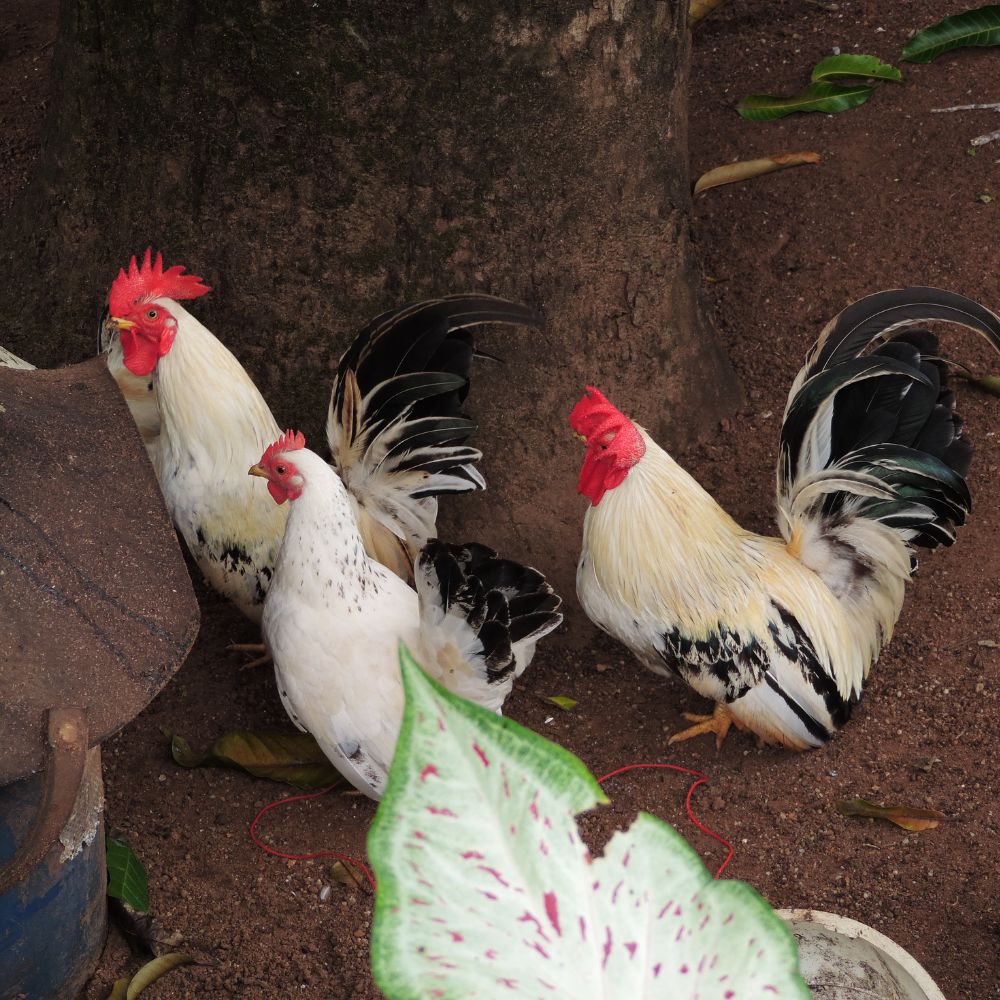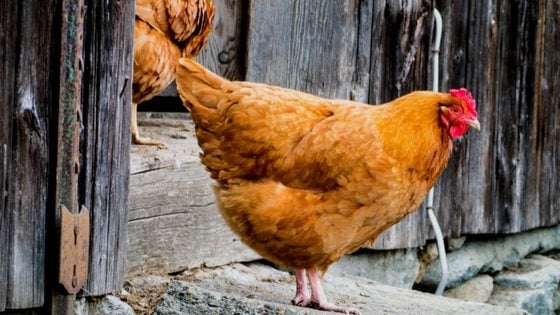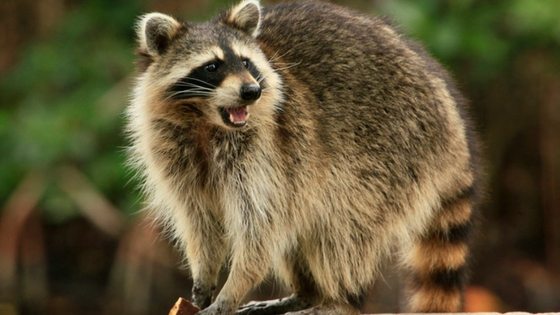If you are like me, when you hear the name Dorking chicken you are imagining a chicken with glasses that has tape wrapped around the center 🥸. However, the Dorking chicken breed is pretty cool 😎…but not often heard of.
Prepare to be captivated by their rich history, their fluffy appearance, and the wonderful contributions they make to our plates. So, put on your chicken-loving hats, and let’s dive into the fascinating world of the Dorking chicken!

Table of Contents (Quickly Jump To Information)
Dorking Chicken History Snippet
Our journey begins in the charming town of Dorking in Surrey, England, where the Dorking breed has its roots. This illustrious breed boasts a history dating back over 2,000 years!
Yes, you read that right—these chickens have been strutting their stuff since Roman times. They were favored by the Romans for their meaty bodies and scrumptious flavor, making them the original “foodie” chickens.
Stay tuned there is a bit more on their history in the “Appearance” section.
Temperament
Now, let’s talk temperament! Dorking chickens are known for their gentle and docile nature, making them ideal companions for both humans and their fellow feathered friends.
These fluffy fellows have an uncanny ability to strut their stuff with grace and poise, all while maintaining a laid-back and friendly disposition. So, if you’re looking for a chicken that has a certain dual purpose…purpose, but is also people-friendly, the Dorking breed is an excellent choice!
Make them even friendlier (and healthier) with treats like these that are packed FULL of goodness. Trust me, you’ll be glad you did.
Dorking Appearance
Prepare to be dazzled by their appearance! Dorking chickens have unique and eye-catching features. With their long back, broad breast, and muscular bodies, they exude an air of confidence and strength. But let’s not forget about the fluff!
Their feathers are soft and abundant, almost like a downy cloud. They remind me a bit of my Light Brahmas, sweet fluff balls. Dorkings come in several color varieties, including white, silver-gray, and a lovely dark cuckoo pattern, providing a variety for any backyard flock.
These birdies have a single comb or rose comb (rose combs being better for cold climates because of frostbite resistance). The roosters have a large comb that can be a bit floppy and that’s just plain adorable. Dorkings have either horn-colored or pinkish beaks, reddish-brown eyes, red earlobes, and white skin. They have pinkish-white shanks and feet. Their weight is anywhere from 7 lbs to 9 pounds (females leaning toward the lighter side and males leaning toward the heavier side, of course).
Want to learn something extra interesting about this breed? It has a fifth toe 😆. Read what The Livestock Conservancy has to say:
The Roman author, Columella, wrote of five-toed fowls in Rome and their description fits the Dorking well. Popular history states that the Romans brought five-toed fowls with them when they invaded Britain in 43 A.D. These five-toed fowls were respected by the Romans for their fine table qualities. Possibly, the Romans brought the five-toed Ardennes chickens from Belgium, and these were the basis for the Dorking breed.
The Livestock Conservancy
Beyond the quirky 5th toe, they also have short legs. This is unique in the chicken world and quite fun to look at.

Egg Production
Dorking hens are excellent layers, bestowing their favorite humans with a steady supply of yummy, vitamin-packed eggs. They are good foragers and that makes their eggs extra nutritious. On average, a Dorking hen can lay approximately 160 to 200 eggs per year!
These eggs are medium to large in size and boast a beautiful creamy white hue. So, whether you’re whipping up a scrumptious omelet or baking a cake fit for a king, Dorking eggs are sure to help you out.
Dorking Meat Production
Last but certainly not least, we come to the mouthwatering aspect of Dorking chickens—meat production. With their plump bodies and well-rounded muscles, Dorkings are known for their exceptional meat quality.
They have a reputation for tender and succulent meat, making them a favorite among chefs and food connoisseurs alike. So, if you’re looking to raise chickens that will grace your dinner table with delectable dishes, the Dorking breed is a good choice.
The best way to ensure the tastiest and most nutritious meat is to choose wisely what you feed your chickens. I believe strongly that you are what you eat, and this is true for your flock as well. You need to feed them a high-protein feed that has quality ingredients and not a bunch of fillers. Here is one I highly recommend (check out the ingredients).
Why Aren’t Dorking Chickens More Popular
Why isn’t the Dorking breed more popular? I mean, chances are you’ve never even heard of this breed until now. Well, it’s probably the name! Okay…I’m kidding but I guess it’s plausible 😉.
One possible reason for the lack of popularity could be its slow growth rate, which doesn’t align with the demands of the fast-paced modern world. In a society that often values speed and efficiency, the Dorking’s slower development may be seen as a drawback. Additionally, its specialized characteristics, such as its unique appearance and specific meat flavor, may not cater to the mass market’s preferences for uniformity.
Let’s remember that sometimes the best things in life aren’t the most popular ones. The Dorking chicken’s distinct qualities and its long history era make it a hidden gem for farmers and backyard chicken keepers. They are best for those who appreciate its charm and are willing to embrace a leisurely chicken-raising experience.
Summary
The Dorking chicken breed, with its rich history, gentle temperament, fluffy appearance, and exceptional egg and meat production, has firmly established itself as a standout in the poultry world.
Whether you’re seeking a delightful addition to your backyard flock or craving a culinary adventure, the Dorking breed will not disappoint. So, embrace the fluff, savor the flavor, and let the Dorking chickens win over your heart! ❤️

A happy wife, mother, teacher, writer, hobby farmer, lover of chickens, and contributor to Pampered Chicken Mama!





![Stop Egg Eating Chickens Today: ‘What The Cluck?!’ Session 14 [Podcast]](https://thefrugalchicken.com/wp-content/uploads/2015/12/stop-egg-eating-chickens-feature-min.jpg)
